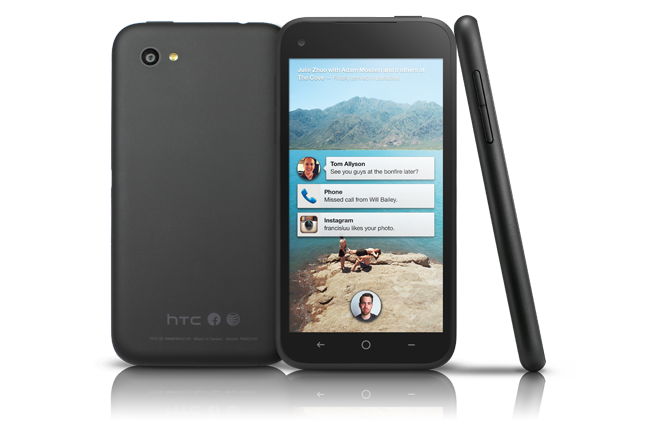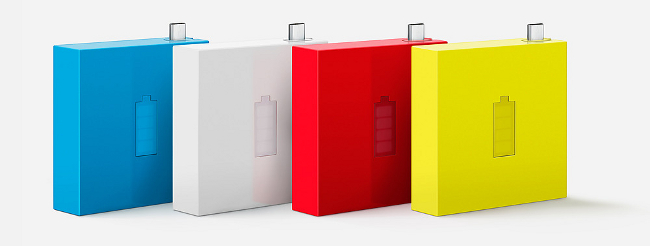Ouya games console
A look at gadget happenings, as games console disruption will have to wait an extra few weeks now that the Ouya launch has been pushed back, the HTC First hits a rock-bottom price point just weeks after its release, a survey highlights how flight passengers don’t switch off, and Huggies has an app and device combo to tell parents when baby needs changing.
Ouya now launching on 25 June
Originally set for release to the general public on 4 June, Ouya, the US$99 hackable Android games console, will now hit retailers three weeks later on 25 June in order to ensure that there is plenty of stock available at launch.
The Kickstarter-funded console raised US$8.6m via the crowdfunding website last year, and devices for the project’s backers and those that pre-ordered in March have already shipped. Last week, Ouya raised US$15m in funding from Kleiner Perkins Caufield & Byers, Mayfield Fund, Nvidia and others, and it was announced that KPCB partner Bing Gordon will join the company’s board of directors.
Demand for the open-source software console has apparently already exceeded the team’s expectations and, as well as increasing the number of consoles ready for launch, the investment will go towards building Ouya’s development community. Anyone can publish games for the platform and they are all free to try. More than 120 games are playable now, coming from small-time indie developers to large studios like Square Enix, and more than 12,000 developers have registered with the platform.
HTC First ‘Facebook Phone’ drops to US$0.99
The HTC First, the smartphone that puts Facebook Home front and centre, started out at a reasonable US$99.99 in the US, but the price has been slashed to just US$0.99 with a two-year AT&T contract less than one month after its release.
The price drop is even more dramatic when you consider the cost of the phone contract-free was US$350.99 – that’s a 99.72pc discount on a close-to brand new model.

Low prices for smartphones on contract aren’t unusual, and plenty of operators offer devices for free in some cases. It’s just surprising to see such a dramatic price drop so soon after a device’s unveiling. Could this be a sign of trouble for the First?
Facebook doesn’t seem to think so and is determined to look on the bright side, with a spokesperson telling Mashable that it’s a good move by AT&T and Facebook Mobile has even promoted the offer on its page. Meanwhile, Facebook Home has reached 1m downloads and availability has extended to more Android devices.
Nokia’s compact and colourful on-the-go charger
The Universal Portable USB Charger DC-18 from Nokia is expected to be on sale in July for about €15, for which you get a rechargeable battery with a capacity of 1,720mAh that can be used to charge any smartphone (or other device) via micro-USB while on the go.

The compact and lightweight device measures less than 6cm squared with a retractable USB cord. The battery symbol on the front lights up when the USB cord is pulled out, indicating how much powers is left in the charger.
Available in a variety of colours to complement Nokia’s colourful Lumia and Asha line-ups, this handy, colourful device would be useful for almost any smartphone user (except iPhone, of course).
Flight passengers not switching off when told
A survey by the Airline Passenger Experience Association (APEX) and Consumer Electronics Association in the US found that 30pc of flight passengers have accidentally left a device on during take-off or landing. While 59pc of those surveyed said they always switch off fully, 21pc said they just switch to flight mode. And what’s the device most often left on accidentally? The smartphone.
It has often been debated whether switching off devices for take-off and landing is necessary and 40pc of passengers would like to use their devices during all phases of flight, the study revealed.
The results of this study have been submitted to the US Federal Aviation Administration, which is currently reviewing policies for the use of personal electronic devices during flights, and a Portable Electronic Devices Aviation Rulemaking Committee (PED ARC) will make recommendations on the expansion of their usage in-flight by July 2013.
Appy in your nappy
The TweetPee device from Huggies Brazil can be affixed to a baby’s nappy and tweet parents when it becomes wet. A sensor in the device detects increased humidity from the nappy and connects to an iPhone app, which not only alerts mammy or daddy that baby needs changing but also tracks baby’s toilet habits and tells parents how many nappies they have left and lets them order more online if they are running low.
The video below (in Portuguese) demonstrates the app and device in action, but so far TweetPee is just a concept and not available to tech-savvy parents just yet.
Stay informed – get daily updates on the latest happenings in technology directly to your inbox.